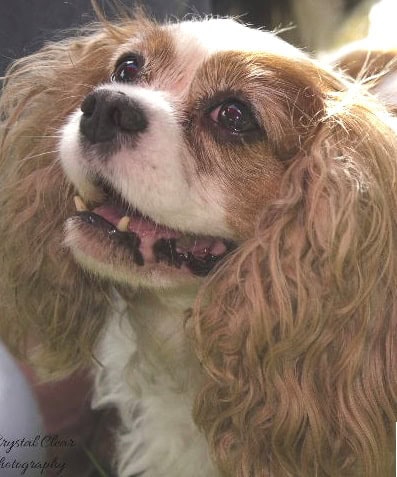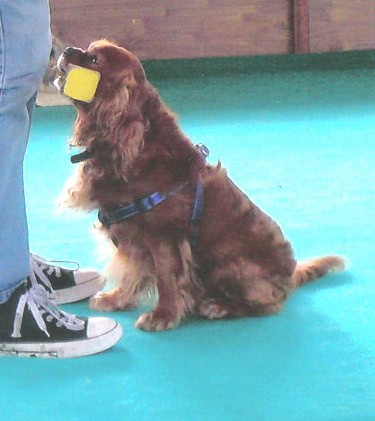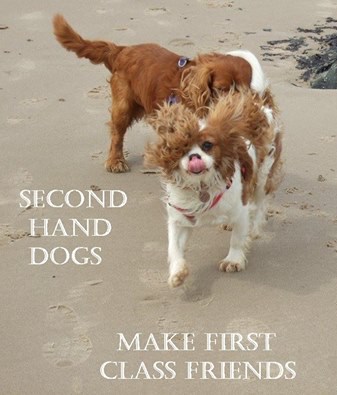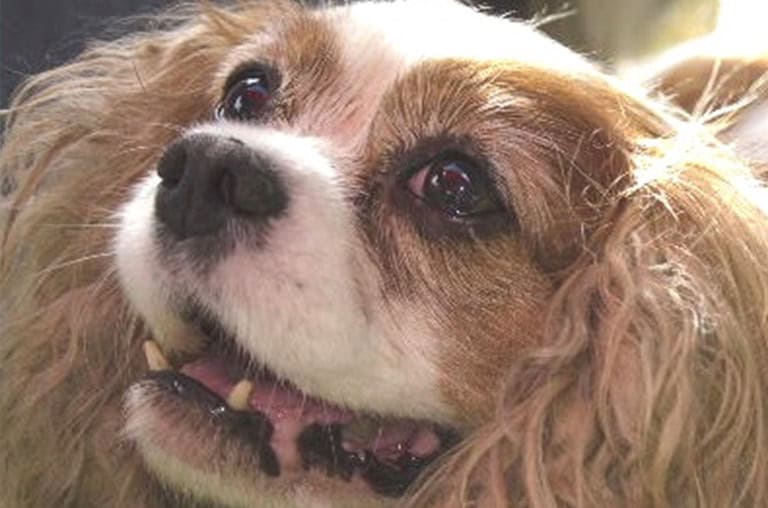At the beginning of February 2015 I lost both my Cavaliers. Seven-year-old Aled lost his battle with heart failure on 5 February and 13-year-old Oliver finally lost his quality of life on 10 February. I live alone, so my house became very quiet, and I had to adjust my lifestyle from being nurse to two terminally ill dogs to having no dogs at all. It was tough, but one of the things that helped me through was what Aled and Oliver were able to do to help other Cavaliers.

Both Aled and Oliver had been registered for several years with the Cavalier Tissue Collection Scheme and as they clearly neared the end of their lives I discussed arrangements with our vets. The scheme organises the collection of tissue samples by post mortem immediately after the dog has died or been put to sleep and these are used for research into some of the most serious diseases that afflict our Cavaliers – in particular heart disease (MVD), syringomyelia (CM/SM) and pancreatitis.
Aled had his post mortem at the vets immediately after he was put to sleep, and was able to give tissue samples for MVD and pancreatitis. With Oliver I was able to make other arrangements because unlike Aled he was probably not going to die suddenly but would get to the point where he was no longer enjoying life. My yardstick was whether he was still able to enjoy even a very short walk, given his increasing hindleg paralysis as he had always been a very outdoors and energetic dog. When that happened, I arranged for a friend to take us to the Cambridge University Veterinary School, where Oliver could be put to sleep and a pathologist would be able to take brain and spinal cord samples for CM/SM research, as these have to be done immediately after death. In the end, Oliver provided tissue for research into MVD, CM/SM, pancreatitis and dry eye.

A few weeks after I lost Oliver and Aled, there was news of some important research findings into CM/SM. I shall never know if Oliver’s tissue sample was used in this research, but the thought of the good that my little dogs could do in their deaths made me very proud of them, and certainly helped to make their loss a little easier.
Registering your Cavalier with the Tissue Collection Scheme does not bind you to going through with it at the end. You may feel then that it is not the right thing for you; it is not always easy to get the post mortem done, especially at weekends; a pathologist is needed to take the CM/SM samples. But if you can do it, it really does help the grieving process. The Scheme pays for the post mortem and then for individual cremation, so that your beloved Cavalier does finally come back to you.
Dr Penny Watson at Cambridge, who handled Oliver’s euthanasia with great kindness, said to me that the Tissue Collection Scheme had transformed Cavalier health research. I scattered Oliver and Aled’s ashes on our favourite Norfolk beach and thought of the future Cavaliers who through them might not have to battle with so many diseases. For more information visit the Tissue Collection Scheme www.thecavaliertissuecollectionscheme.org or Facebook page

